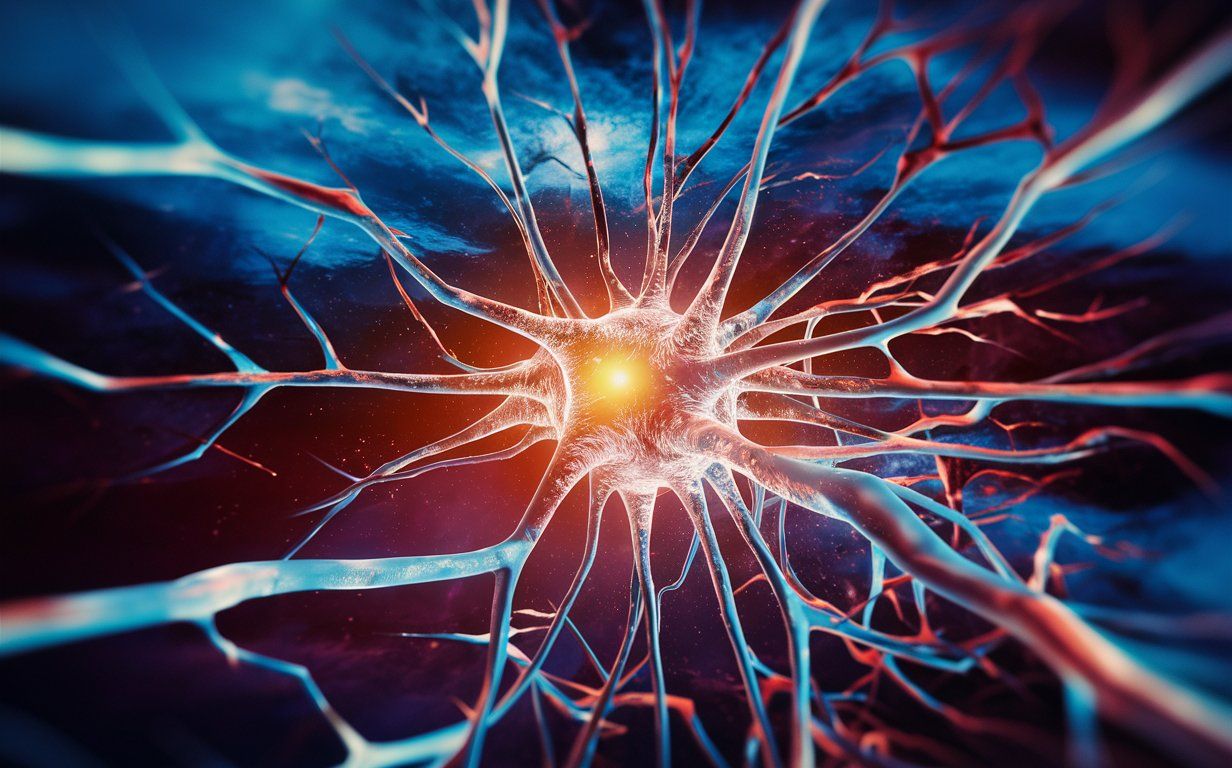Follow us on Google News (click on ☆)

Most modern AIs use a technique called "machine learning." This mimics the human brain.
When a person learns to recognize dogs, they first see many pictures of dogs, and then instinctively and automatically come to recognize a dog without thinking about it. Over time, they become capable of telling whether a new image, never seen before, represents a dog or not. This is exactly what AI does, except it does it much faster but with an enormous amount of images for training.
For AI to learn, it uses "neural networks." These networks are inspired by neurons in the human brain. An artificial neural network is composed of several layers of interconnected neurons. Each neuron receives information, transforms it simply, and then sends it to the next neurons. By adjusting the connections between these neurons (a process called "training"), AI becomes more and more accurate.
To learn, AI needs a lot of data. This data can be images, texts, sounds, etc. For example, for AI to recognize faces, it must first see thousands of photos of faces. The more varied data the AI receives, the better it can learn and adapt to new situations.
For AI to become efficient, it needs to train. Training involves passing numerous data through the neural network, adjusting the connections between the neurons, and repeating this process over and over again. The more the AI trains, the more accurate it becomes in its predictions and decisions.
Once training is complete, when the neural network receives an input, such as an image, the data passes through the different neurons. Each neuron slightly transforms the information, and this transformation continues through all the layers of the network. Finally, the network indicates, with a good level of confidence, whether it's a dog, a face, or something else. Thanks to this intensive training, AI can make precise predictions based on the characteristics learned during training.
Today, AI is expanding in many fields. It helps doctors diagnose diseases, enables cars to drive themselves, and allows virtual assistants or chatbots to understand and respond to questions. AI promises to revolutionize the way we live and work, and its potential is immense.
